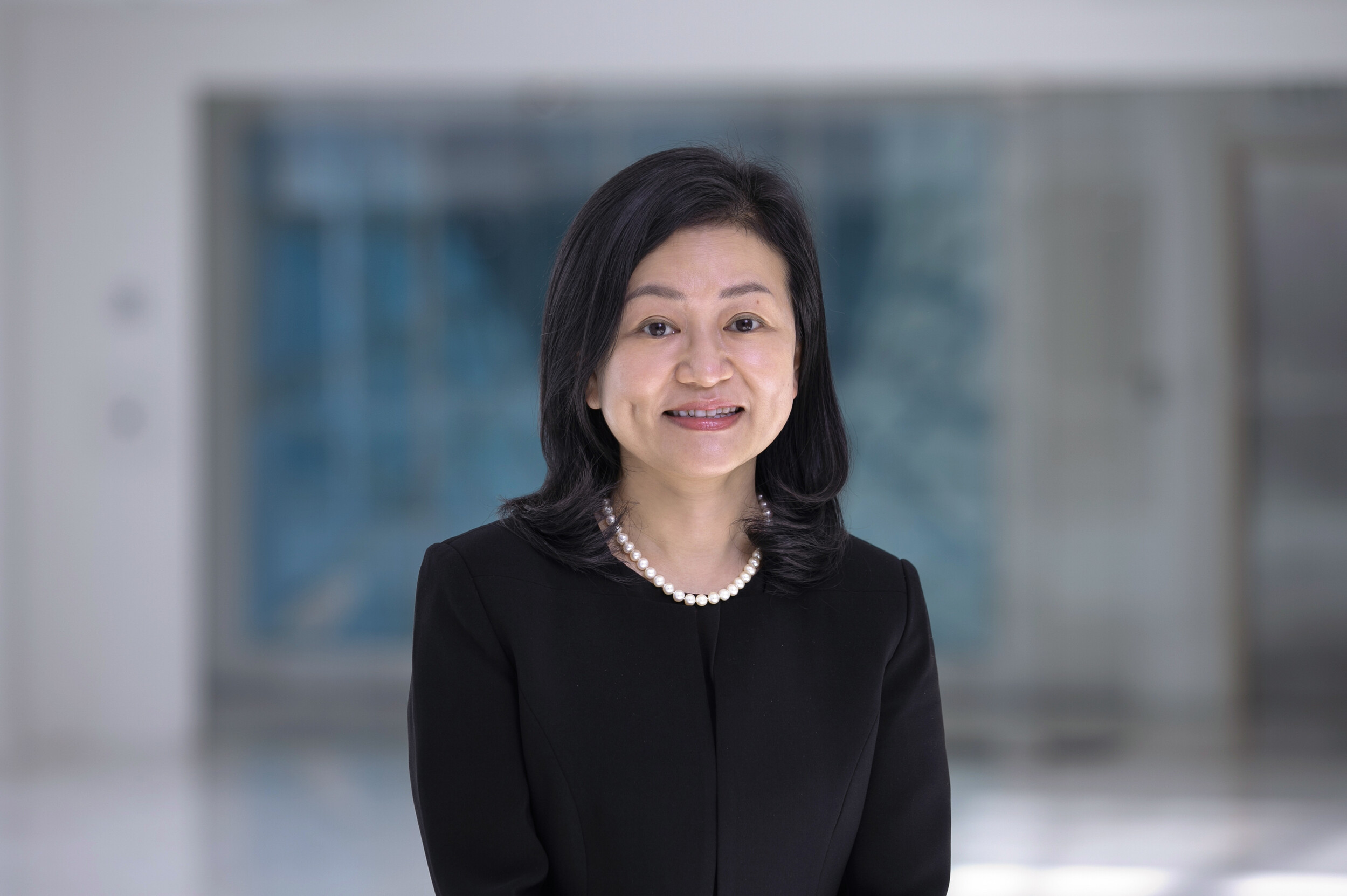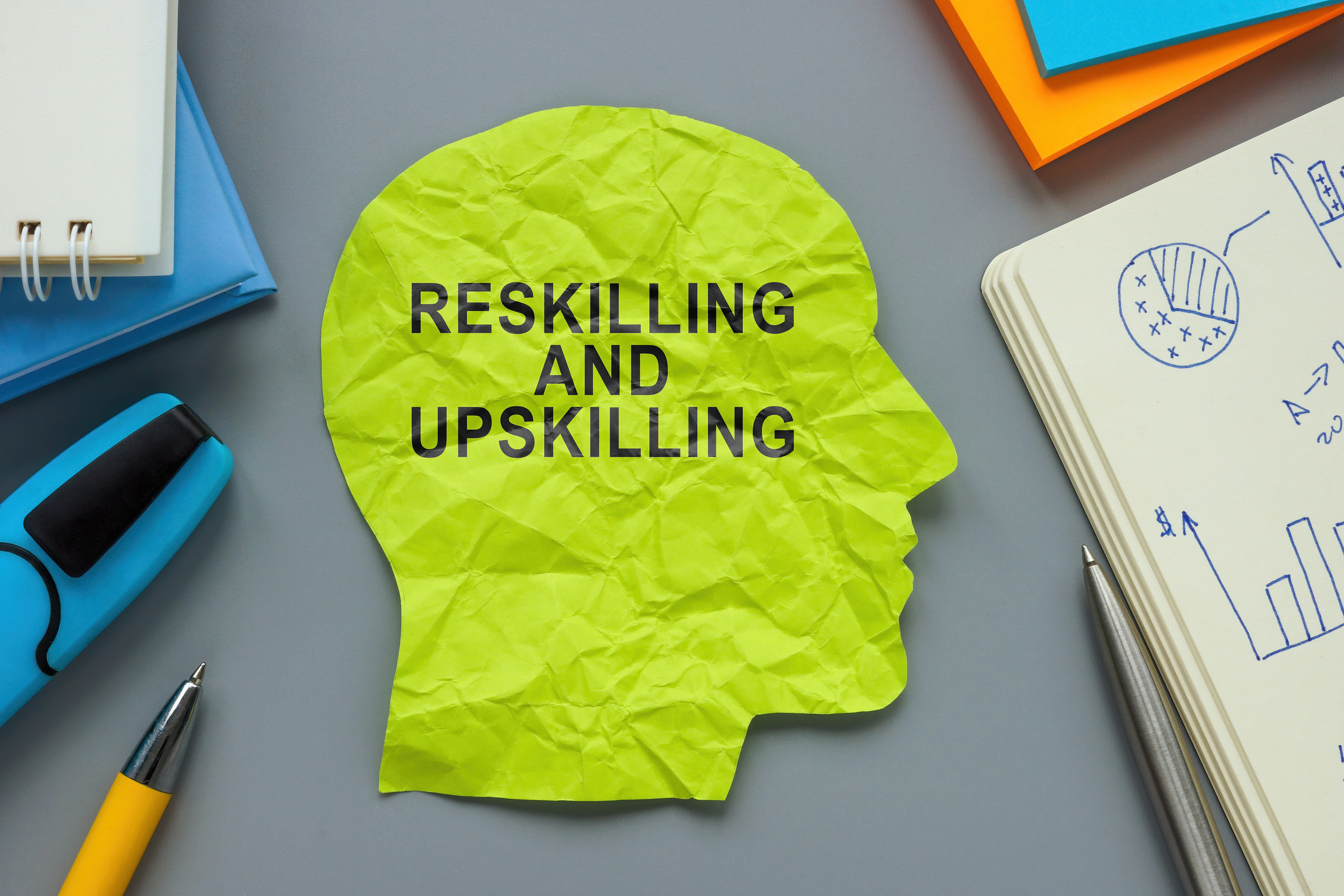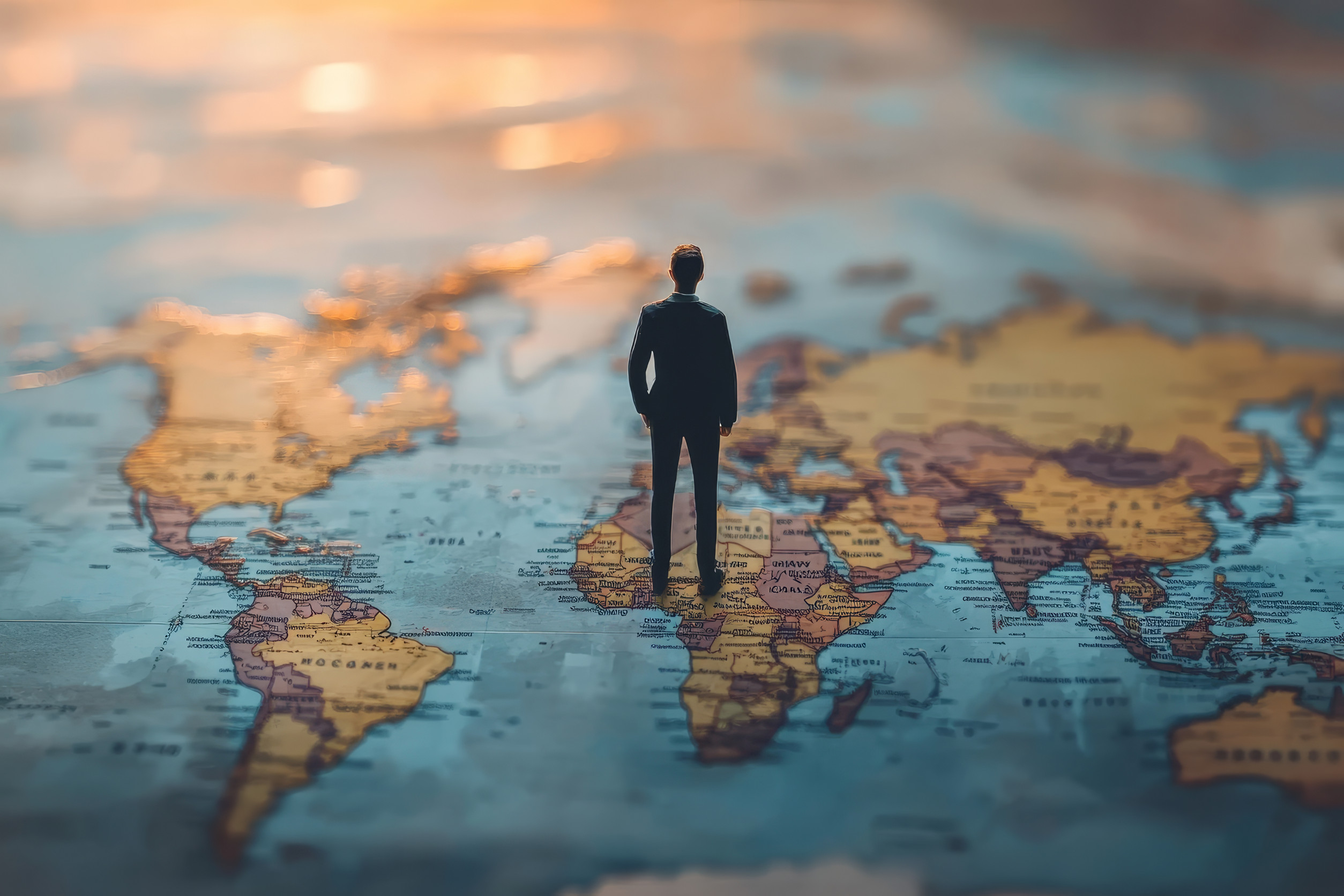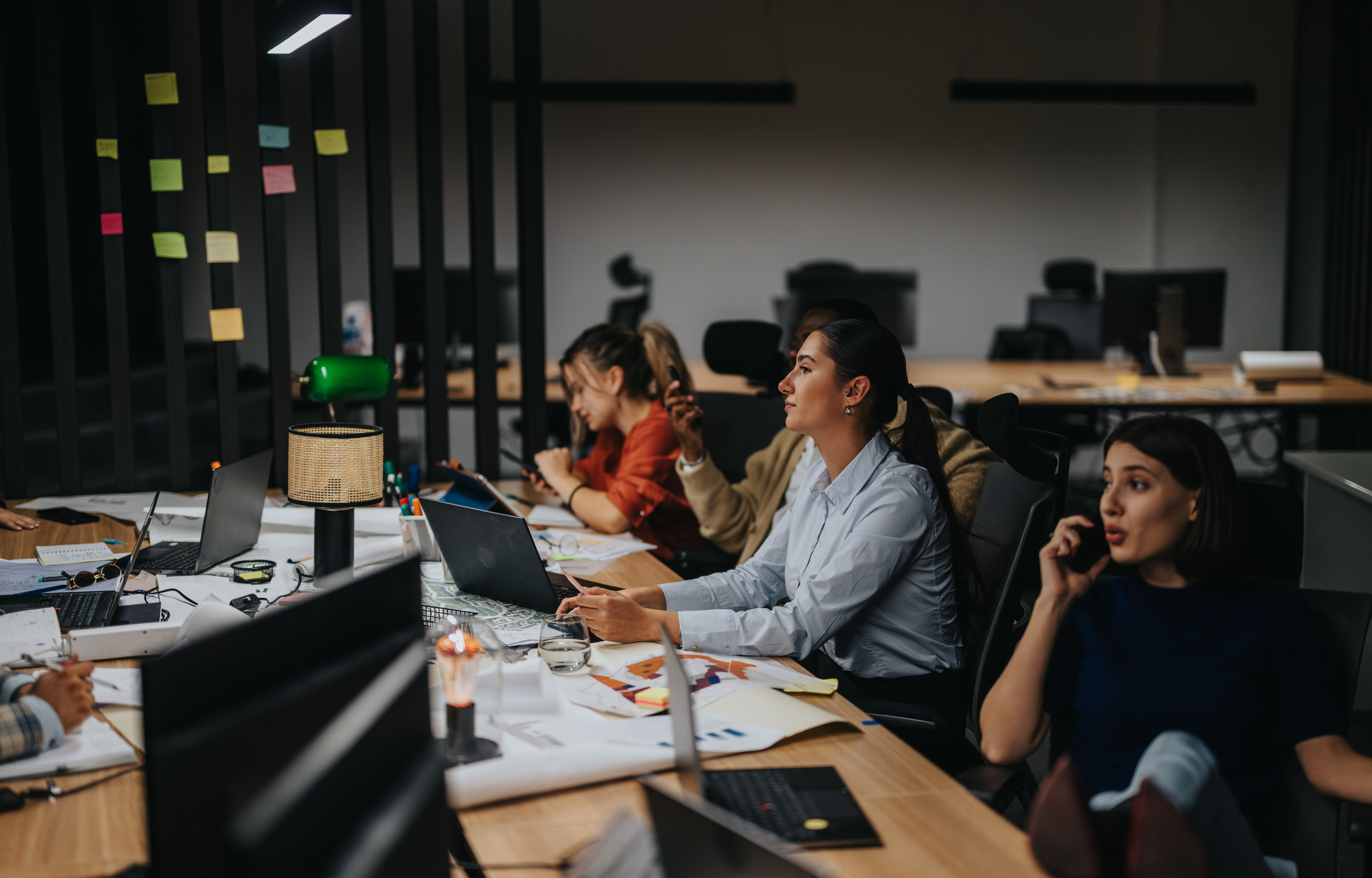The people strategy behind Arup’s 6,400-strong Asia-Pacific powerhouse
- Josephine Tan

Global engineering and design organisation Arup has made a pivotal move to unify its East Asia and Australia operations, creating a single, powerhouse Asia-Pacific region of 6,400 employees across 30 offices. This strategic realignment is designed to build a more interconnected talent ecosystem, one that is better equipped to tackle the pressing challenges of climate change and sustainable urban development.
To understand the people-centric strategy behind this massive integration, HRM Asia spoke with Jenny Pong, Director of People and Culture for the new region. She shares her insights on how Arup is fostering collaboration and a shared purpose to accelerate its sustainability agenda and empower its workforce to shape a more resilient future.
Arup recently unified its East Asia and Australia operations into a single Asia-Pacific region. From a people perspective, what was the driving purpose behind this integration, and how does this new structure help align Arup’s sustainability goals with the aspirations of its workforce?
Jenny Pong: The unification of our East Asia and Australia operations into a single Asia-Pacific region, encompassing 6,400 professionals across 30 offices, represents a strategic evolution driven by changes impacting the future of the built environment and the critical role our people play within it.
From a people perspective, the driving purpose behind this integration was to cultivate a truly interconnected and agile talent ecosystem, capable of addressing the escalating complexities of climate change and rapid urbanisation across the region. By transcending geographical boundaries to unlock collective intelligence and diverse expertise, we are well-positioned to accelerate the urgent and necessary net-zero transition in Asia, which is the world’s most disaster-prone region due to weather, climate, and water-related hazards. The consequence of not meeting this mandate is significant—current estimates suggest that economic losses of up to 6% could affect one-third of Asia’s countries due to climate shocks.
This consolidation has also enabled the further cross-pollination of cutting-edge knowledge and digital tools, ensuring that our talent is equipped with the most advanced capabilities to design for a sustainable future. This means that our workforce also gains the opportunity to undertake multi-market work across the region, helping to shape a truly sustainable, equitable, and human-centric urban future. After all, mitigating the impact of climate change requires a unified effort, particularly in Asia’s built environment sector, where there is a steep variance in individual markets’ readiness to fortify their infrastructure against climate change risks while also decarbonising the industry.
Bringing together 6,400 professionals across 30 offices is no small feat. How does Arup promote cross-border collaboration and knowledge-sharing among such a diverse workforce, and what role does organisational culture play in ensuring employees across different regions feel connected and engaged as one Asia-Pacific team?
Pong: Essentially driven by the need for organisational agility and a unified vision for growth across this vibrant region, this strategic realignment aims to break down silos and create a truly integrated talent ecosystem. We actively encourage cross-border collaboration and knowledge exchange by empowering our staff to work on varied, impactful projects across different areas and by facilitating knowledge sharing. For example, leveraging our expertise in developing and designing the UK’s High Speed 1 (HS1) rail line to provide guidance on similar High Speed Rail projects in Asia.
Organisational culture is the unifying force that ensures our diverse workforce feels connected and engaged. Arup’s commitment to being a humane organisation and our core principle of social usefulness provide a powerful, shared purpose that transcends geographical boundaries, resonating with our professionals’ desire for meaningful work and contributing to a better world.
In support of building the Asia-Pacific organisational culture, whilst recognising that we have a culturally and geographically diverse workforce, we are doing as much as possible to bring teams together through projects and client work. We have also taken this opportunity to build deeper, more meaningful connections through internal in-person events.
We are very proud of our short-term assignment programme, which has provided dozens of members in the earlier stages of their careers with the opportunity to move within the Asia-Pacific region to new locations, teams, and specialist areas, encouraging cross-functional and cross-cultural learning. The programme encourages participants to share their experiences and reflections to maximise the impact of the development opportunity.
For our people leaders, as part of their leadership development programme, we are hosting a reflective event that brings our new leaders together to share their experiences. The event will provide an opportunity to discuss and share best practices on how they are developing their leadership skills, how this is contributing to the creation of high-performing teams, and the positive impact this has on our business.
For our most senior leaders, we have created peer learning groups following a strategic leadership conference. Each of our leaders has been tasked with developing their own skills and networks, as well as collaborating with peers from across the region to identify opportunities for business growth and development.
Arup has also long championed sustainable development. How are employees being involved in advancing the organisation’s sustainability agenda, and what strategies are you adopting to balance sustainable business growth with the wellbeing and career development of your people?
Pong: Sustainable development today necessitates cultivating a culture of interdisciplinary thinking, equipping professionals with essential digital expertise, and fostering rapid knowledge dissemination to apply cutting-edge sustainable design and climate resilience solutions. This is especially urgent for Asia, where the built environment sector faces long-standing workforce challenges, including a low talent inflow—one in five green jobs could go unfulfilled by 2030—given the region’s predisposition to being impacted by climate risks.
Balancing sustainable business growth with workforce wellbeing and career development is then the defining challenge for the sector. This demands a critical focus on continual reskilling as technologies like AI rapidly revolutionise the construction industry, impacting everything from design to project management. Ensuring professionals are equipped to adapt to these new paradigms is paramount for their career longevity and the sector’s future.
Furthermore, fostering a purpose-driven environment, where individuals see the tangible impact of their work on creating a better world, is paramount for attracting and retaining talent. For the industry to achieve truly sustainable growth, it must integrate the wellbeing and professional aspirations of its people into its core strategic objectives, ensuring human capital thrives alongside sector evolution.
In your role as Arup’s Asia-Pacific People and Culture Director, how do you see leadership evolving to manage such a diverse and geographically spread workforce, and what skills and mindsets will be critical for employees and leaders to thrive in building sustainable, equitable organisations?
Pong: Leadership has evolved from a traditional command-and-control model to one focused on enabling, connecting, and inspiring a diverse and geographically spread workforce. Our imperative now is to cultivate an environment where collaboration transcends borders, and diverse perspectives are actively sought and valued through inclusive leadership practices, which are present at all levels of the organisation. This means moving beyond localised management to embrace a truly regional, integrated approach, as exemplified by our unified Asia-Pacific structure, which serves as a powerful enabler for this shift.
Operating across a region as culturally rich and varied as Asia-Pacific demands a high degree of cultural intelligence and empathy. Leaders must cultivate a deep understanding and appreciation of different cultures, perspectives, and needs to effectively connect with and motivate a global workforce.
To recognise and support this critical role of bringing people together to collaborate, innovate, and operate in a borderless organisation, we are providing our leaders with enhanced development opportunities to build and refine these skills. Our Leadership Capability Model underpins all that we do to develop the leadership of the future at Arup, providing a clear and holistic reflection on the needs of leaders for the success of the business. In an organisation such as Arup, it is essential for us to be transparent about expectations and standards, so that everyone is set up for success and performs to the best of their abilities.
As well as providing structured expectations on leadership performance, for both employees and leaders to thrive in building the sustainable, equitable organisations that the future demands, systems thinking is indispensable; the complexity of urban challenges, from climate resilience to social equity, requires an ability to understand interconnectedness, grasping how transport, housing, energy, and green spaces interact beyond siloed expertise.
Systems thinking cannot work without interdisciplinary collaboration. Solutions to the grand challenges facing the built environment are rarely found within a single discipline, necessitating the ability to work effectively across engineering, architecture, environmental science, and the social sciences. Today, the sector needs professionals equipped for digitalisation, sustainable practices, and integrated design.
Digital fluency and adaptability (one of our key leadership capabilities) are also non-negotiable. With the rapid pace of technological change, continuous learning in areas such as AI-driven design, data analytics, and smart city systems is essential. As of today, six out of 20 of the world’s smartest cities can be found in the Asia-Pacific region. This is a trend only set to accelerate as more governments in Asia ramp up on digital investments.
Finally, a purpose-driven mindset is increasingly critical; the built environment sector is attracting talent driven by a desire for impact. A focus on social usefulness and contributing to a more sustainable, equitable future will be key for both individual fulfilment and organisational success, aligning directly with the industry’s evolving role in addressing global challenges through smarter, safer, more diverse approaches to urban development.






